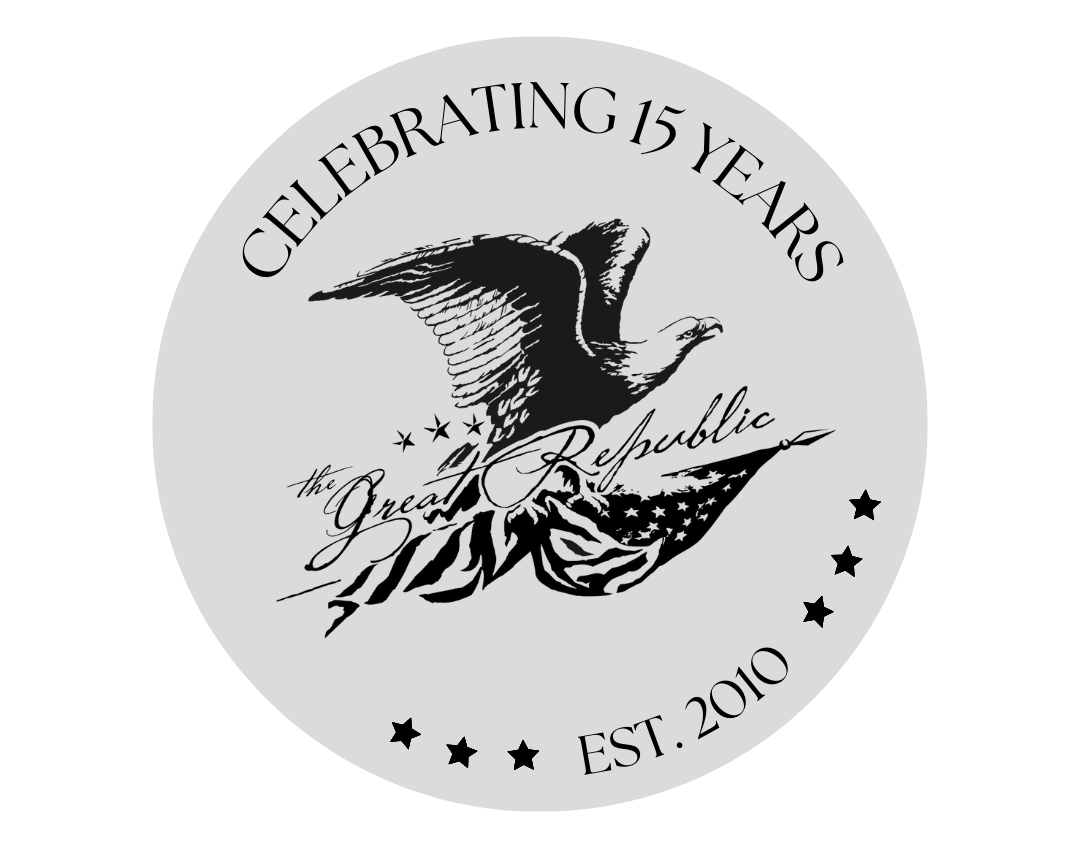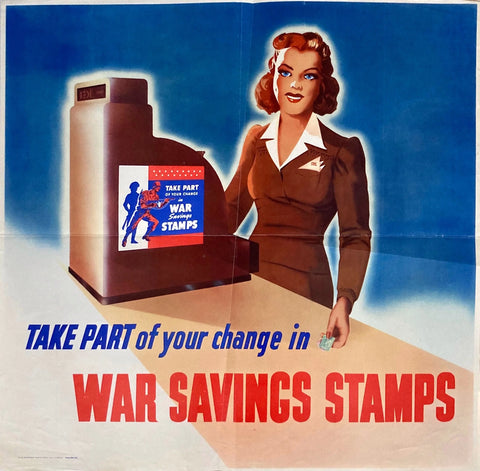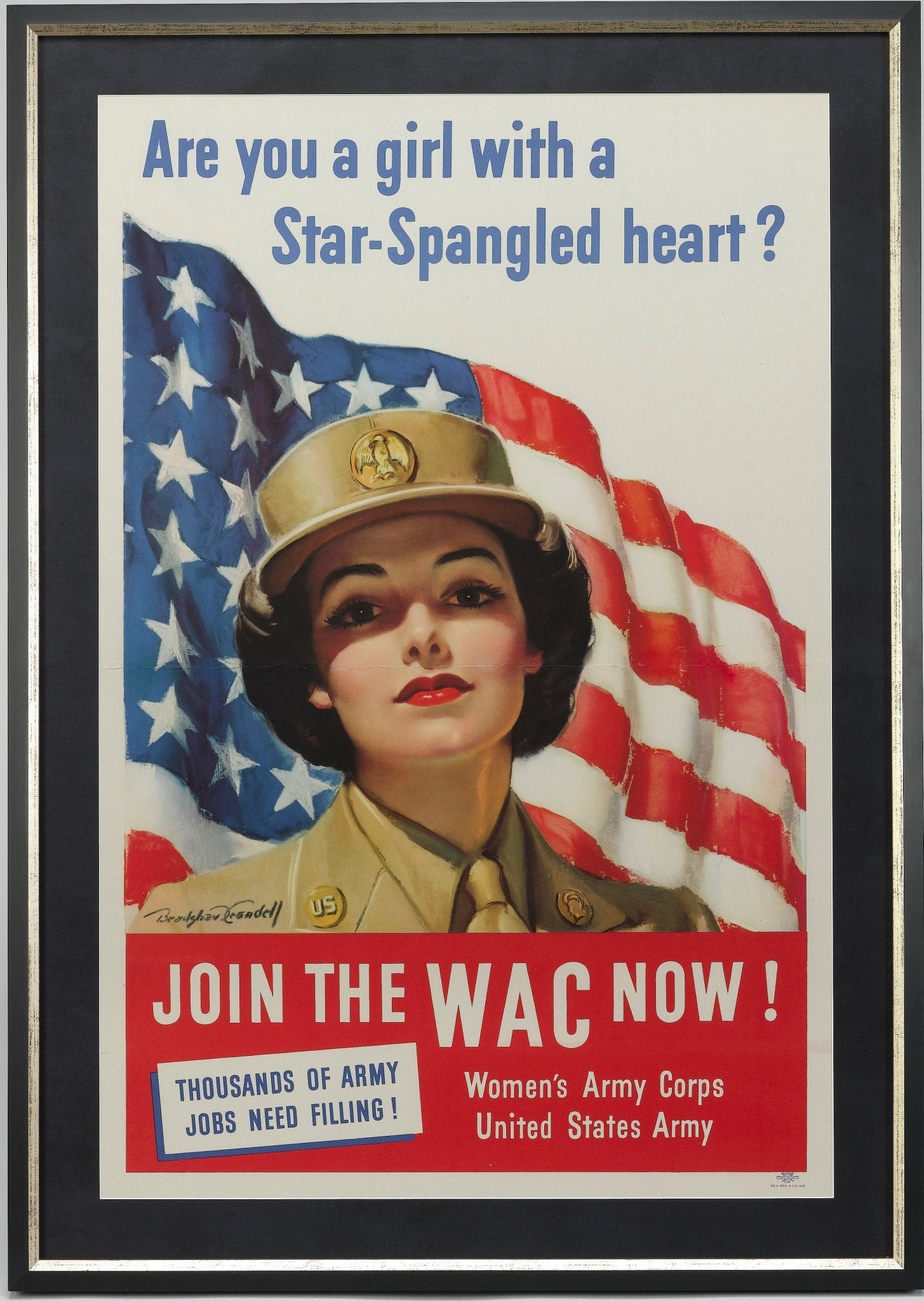WWII Savings Bonds and Stamps
During WWII, the government received funding directly from United States citizens in the form of war saving bonds and stamps, which were paid back later with interest. Purchasing war bonds was viewed as a way for American citizens to support the war effort. Bonds became a symbol of patriotic duty in the United States and introduced the idea of financial securities to many citizens for the first time.
There was an outpouring of poster art on both the local and national levels for these loan programs, including the posters below, all of which we recently added to our Colorado shop inventory.
Printed for the U.S. Treasury Department, this 1942 poster depicts a woman at a cash register, handing out a War Savings stamp. Traditionally, large dollar bond amounts, ranging from $50 to $1000, were purchased for bonds. However, in the 1940’s, the average American did not have extra money to purchase these large bond amounts. In response, War Savings Stamps were created by the United States Post Office. These postal stamps were in smaller denominations, starting at 10 and 25 cents, ranging up to $1 and $5, and could be collected in a war bond stamp book. The stamps earned no interest, but were used to eventually redeem a Series E War Bond. Once a person collected enough stamps they could purchase a larger war bond of $25, $50, or $100.
This 1941 poster shown above reads, "For Defense. Buy United States Savings Bonds and Stamps. Ask About Our Pay Roll Allotment Plan." Employees could authorize a certain allotment from each paycheck to be saved towards the purchase of a war savings bond. Known as the payroll savings plan, the employer would deliver the bond out of the designated savings from his paycheck.

Issued a year later this 1942 poster’s bold lettering, "Attack Attack Attack” and “Buy War Bonds," is a dramatic call to action - encouraging onlookers to give needed financial backing for their country and military.
These designs are just a few of the many WWII Savings Bond posters we have in our extensive poster inventory. I invite readers to peruse our website or visit our Colorado Springs store in person, to see our collection.








